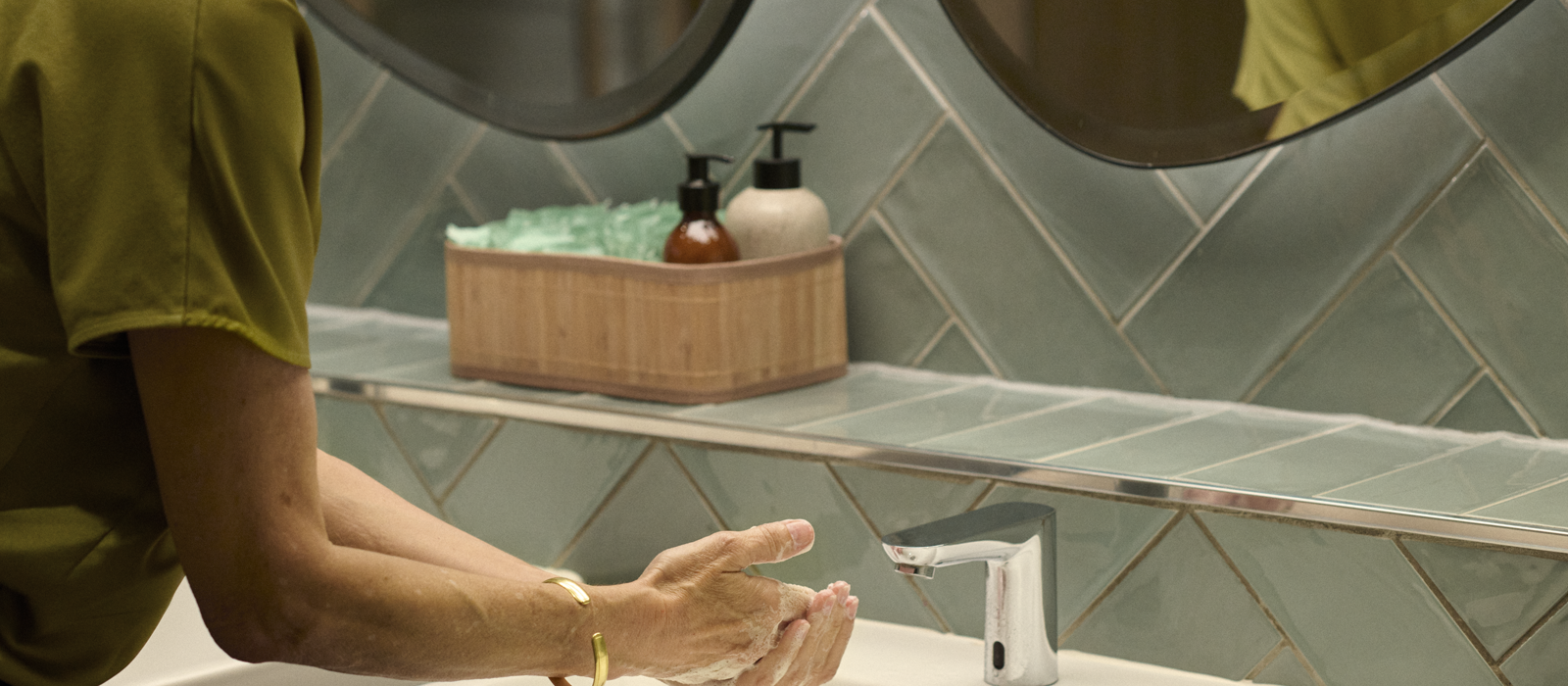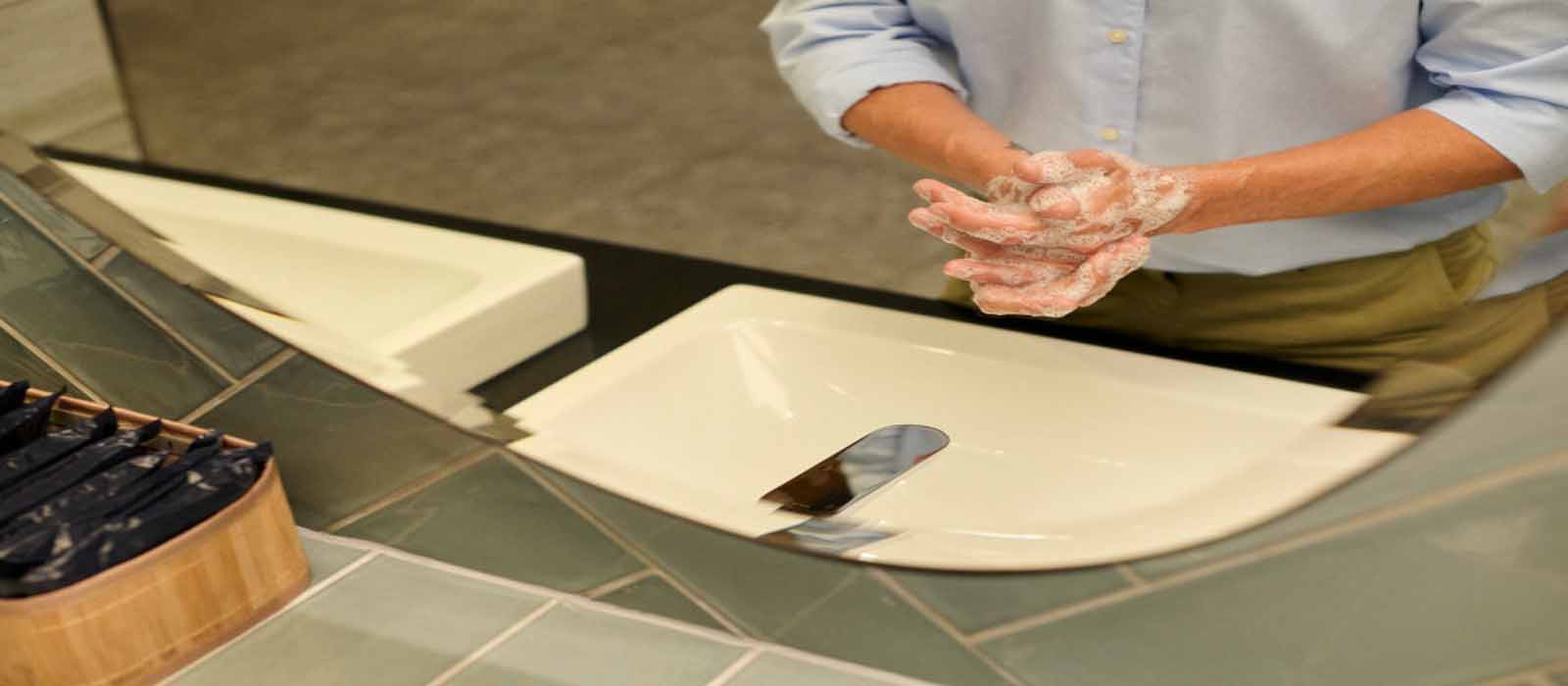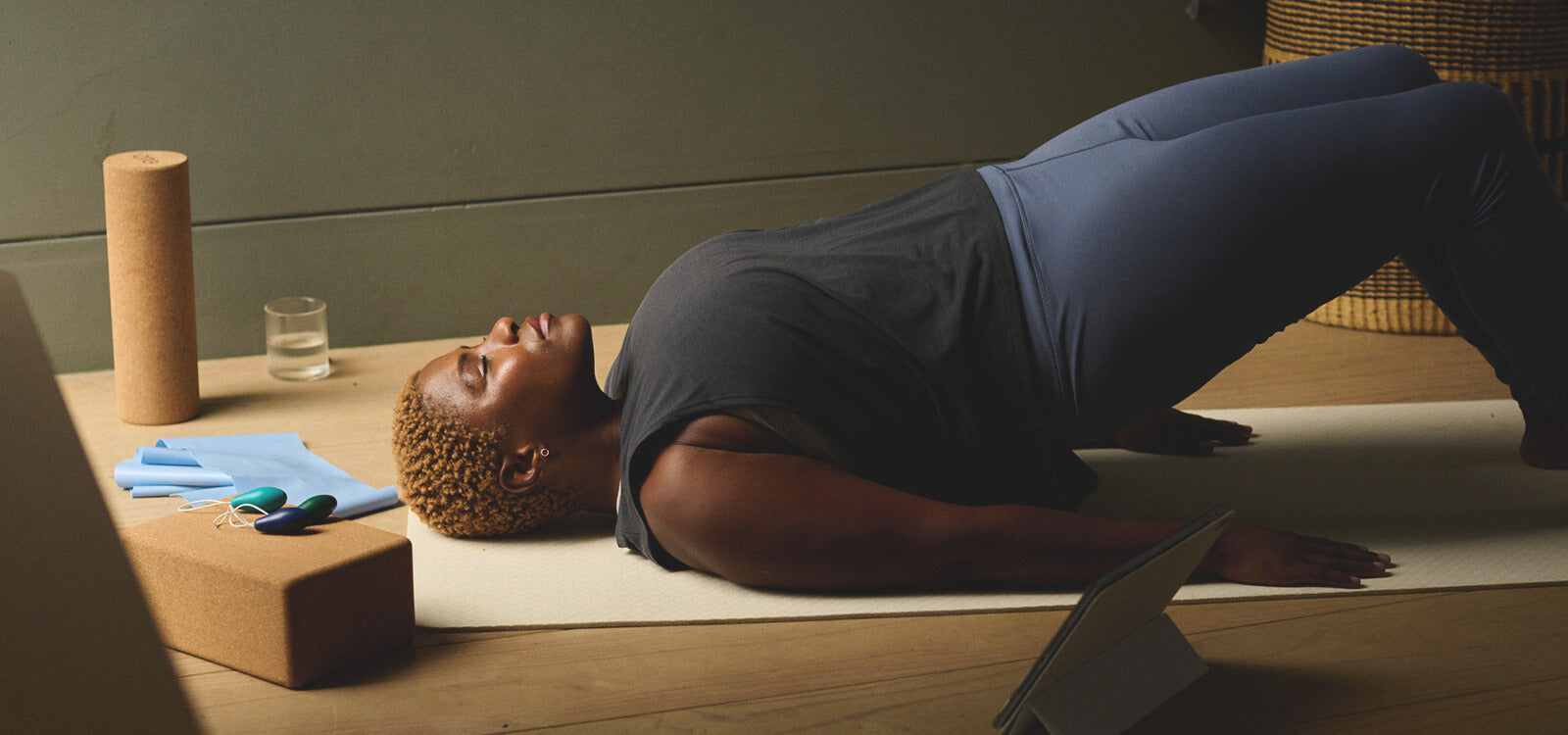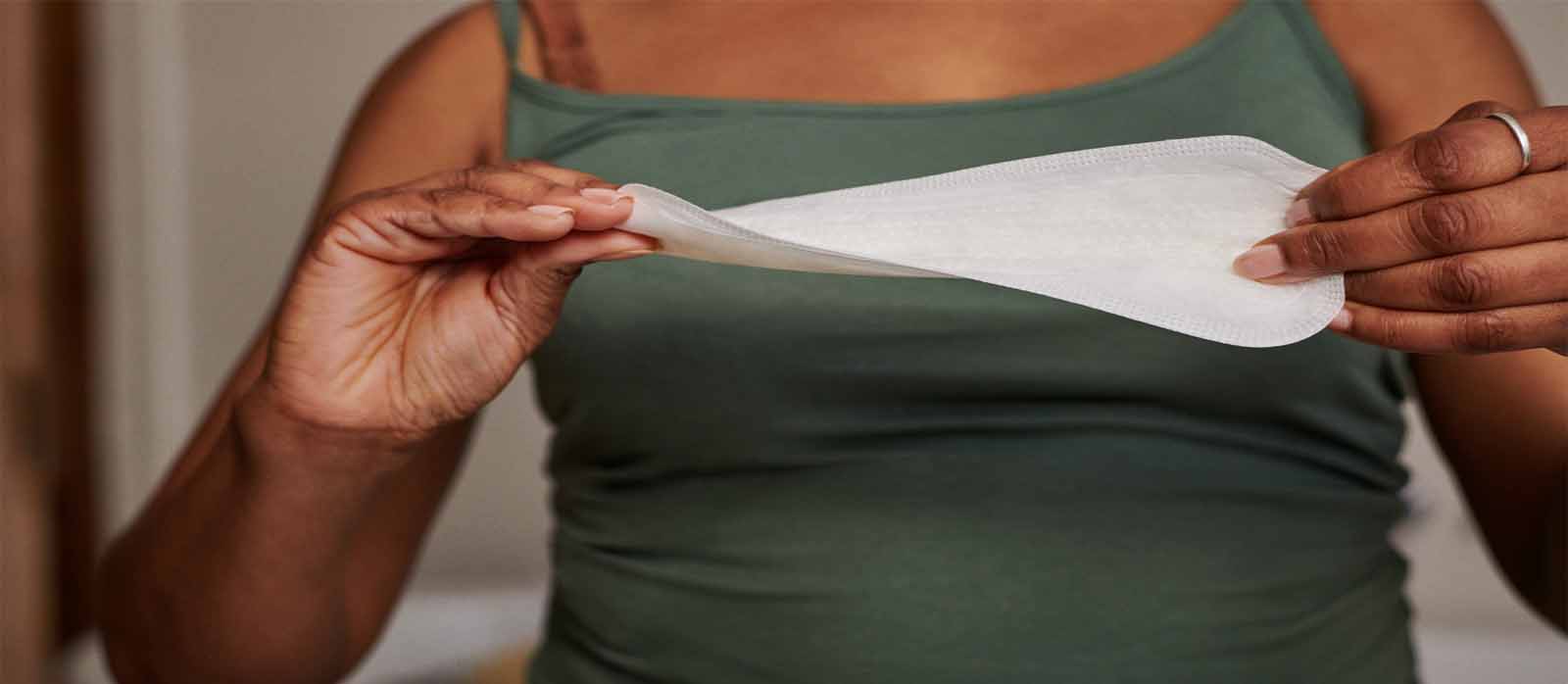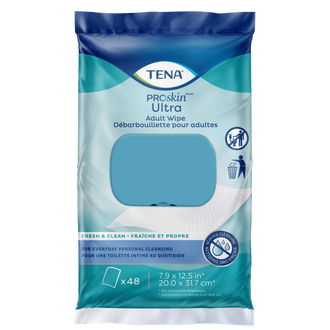May 07, 2025
The burning, the constant urge to go, the discomfort... If you’ve ever had a urinary tract infection (UTI), you know how unpleasant it can be. UTIs are common, especially in women1, but many people don’t fully understand their causes, effects, or why they occur more in women than men.
In this article, we’ll break down UTI basics, explore differences in male and female urinary systems, and explain why some people are more prone to infections.
What is a Urinary Tract Infection (UTI)?
A Urinary Tract Infection (UTI) typically happens when bacteria sneak into the urinary tract through the urethra and spread in the bladder.1
These infections can show up in different parts of the urinary system, including:1
- The bladder: The most common type, usually causing frequent urination and discomfort1
- The urethra: This can cause burning with urination and occasionally discharge1
- The kidneys: A more serious infection that can lead to fever, back pain, and complications1
The usual troublemaker for infections of the bladder? E. coli, a bacterium that normally hangs out in the gastrointestinal tract (GI) but can cause problems when it finds its way into the urinary tract.1
While UTIs are more common in women due to anatomical differences, men can get them too.1,2 The good news? They're usually treatable and even preventable with the right habits.
Learn more: Urinary Tract Infections
What Does the Urinary System Look Like?
The urinary system consists of the kidneys, ureters, bladder, and urethra.1,3 One of the main reasons women are more susceptible to UTIs is the shorter length of the urethra, meaning bacteria have a much shorter distance to travel before reaching the bladder.2
What are the Types of Urinary Tract Infections?
Not all UTIs are the same. Where the infection occurs in your urinary system makes a big difference. These are the three main types:
- Cystitis: The most common type, this is a bladder infection that is caused by germs that move up from the urethra.3,4
- Urethritis: This is an infection of the urethra, that is, the tube that carries urine out of your body.4
- Pyelonephritis: The most serious type, this is a kidney infection that’s caused when the infection has spread up the urinary tract.4
For some people, UTIs keep coming back. Recurrent infections may require long-term management, like lifestyle changes or preventive treatments, to keep them under control.
What Causes a UTI?
UTIs happen when bacteria enter the urinary tract and start multiplying, usually in the bladder.1 One of the most common causes of a UTI is an infection of E.coli.1
But how does that actually happen? A few common culprits can make UTIs more likely. And while it’s more common for women to get UTIs than men, risk factors for both include:2
- Sexual activity: Being sexually active is linked to a higher risk of bladder infections, but it's not the only cause.1
- Catheter use: Long-term catheterization can introduce bacteria into the urinary tract.2
- Weakened immune system: Conditions like diabetes can increase UTI risk.2
- Blockages in the urinary tract: Kidney stones or an enlarged prostate can increase the risk of UTI.2
Want to learn more about UTIs in men? Read: Urinary Tract Infections in Men
Other factors that also contribute to the development of a UTI include new sexual partners, the onset of menopause, and even some types of birth control.2
What are the Symptoms of a UTI?
UTIs come with some pretty annoying (and sometimes painful) symptoms, including:1
- A burning feeling when you pee
- Feeling like you have to go all the time, even if hardly anything comes out
- Cloudy, dark, or strong-smelling urine
- Pelvic discomfort or pressure, especially in women
In older adults, UTIs can be sneaky, and may be overlooked for other conditions.1
What Should I Do If I’m Prone to UTIs?
If UTIs keep coming back, a few simple habits can help:1
- Drink plenty of water1
- Keep things clean with good hygiene1
- Avoid irritating products like scented soaps or douches1
- Take probiotics to help increase the growth of good bacteria in the urinary tract2
How often should I empty my bladder to prevent UTIs?
Don’t hold it! Peeing every 3-4 hours helps flush out bacteria before they cause trouble.2 Holding it in for too long gives bacteria more time to multiply, increasing your risk of infection.2
Can drinking cranberry juice or supplements help prevent UTIs?
Cranberry juice has a reputation as a UTI-fighter, but the science is mixed. While cranberry juice is likely not harmful, staying hydrated and practicing good hygiene are still your best bets.1
What are the best bathroom hygiene practices to prevent UTIs?
Keep it simple:
- Wash with mild, unscented soap. No need for fancy scented products which can disrupt the pH balance and allow harmful bacteria to grow.2
- Skip douching or using feminine sprays, which can throw off your body’s natural balance.2
Should I wipe front to back to avoid UTIs?
Yes! Always wipe front to back to keep bacteria from your anus away from your urethra. It’s a small habit that makes a big difference in helping to prevent the spread of bacteria.1
Why is staying hydrated important for UTI prevention?
Drinking plenty of water (aim for 6-8 glasses a day) helps flush bacteria out of your urinary tract.2 If you’re prone to UTIs, a little extra hydration might help keep infections at bay.2
You can also increase your fluid intake by drinking smoothies made with fresh fruits and vegetables, decaffeinated herbal teas or even sparkling water!2
Why is it important to urinate before and after sex?
Peeing before and after sex helps wash away bacteria that could enter your urethra during intercourse.2 Using a little lubrication can also help prevent irritation, which may lower your risk of infection.2
What are the Risk Factors for Recurrent UTIs?
Some people get UTIs occasionally, while others seem to battle them over and over again. If you fall into the second group, certain risk factors could be making you more susceptible:
- Female anatomy – Women have a shorter urethra, making it easier for bacteria to reach the bladder. So, recurrent UTIs are more common.1
- Sexual activity – Intercourse can introduce bacteria into the urinary tract.1
- Use of spermicides – Birth control options like spermicides can increase UTI risk.1
- Urinary retention or incontinence – When urine sits in the bladder too long, bacteria have more time to multiply.2
For more information, read: Urge Urinary Incontinence and Bladder Spasm
- Menopause – Lower estrogen levels can lead to changes in vaginal flora, making infections more likely.1
- Pregnancy – Pregnancy puts you at an increased risk of UTI.2
- Diabetes – Diabetes and other disease can negatively impact the immune system, increasing your risk of UTI.1
- Catheter use – A catheter provides a direct pathway for bacteria to enter the bladder.1
If UTIs keep coming back, it may help to identify and address these risk factors with your doctor.
When Should I See a Doctor for a UTI?
Visit a doctor if you notice any symptoms of a UTI like a strong urge to pee, burning while urinating, pelvic pain, or cloudy urine.2
Remember, early treatment can help prevent complications, so don’t hesitate to seek medical advice if needed!
FAQs
Why are older adults, frail individuals, and those with urinary catheters at higher risk for UTIs?
As we get older, the risk of UTIs goes up.2 Why? A few reasons. Our immune systems aren’t as strong, bladder or bowel incontinence can introduce bacteria, and things like catheter use or cognitive decline make infections more likely.2
For women, menopause is a big factor too.2 Lower estrogen levels can throw off the natural balance of bacteria, making UTIs more common.
For more on UTI risks in home care settings, read: Urinary Tract Infections in the Elderly
Can wearing tight clothing increase UTI risk?
Yes. Opting for cotton underwear and loose clothing can help keep things dry down there, which is key for preventing bacterial growth.4 Also, tight clothes and synthetic fabrics like nylon can trap moisture, creating the perfect environment for bacteria to thrive and increasing the risk of UTI.4
Do probiotics help with UTI prevention?
There’s some evidence that probiotics, especially those containing Lactobacillus, may help to reduce the risk of UTIs.2 While they’re not a guaranteed fix, they could be a helpful addition to other UTI prevention strategies.
References
1. Mayo Clinic. ‘Urinary Tract Infections’. 2022. Available from: https://www.mayoclinic.org/diseases-conditions/urinary-tract-infection/symptoms-causes/syc-20353447
2. Healthline. ‘9 ways to reduce your risk of a UTI’. 2023. Available from: https://www.healthline.com/health/how-to-prevent-uti
3. CDC. ‘Urinary Tract Infection Basics’. 2024. Available from: https://www.cdc.gov/uti/about/index.html
4. Johns Hopkins Medicine. ‘Urinary Tract Infections’. 2025. https://www.hopkinsmedicine.org/health/conditions-and-diseases/urinary-tract-infections
